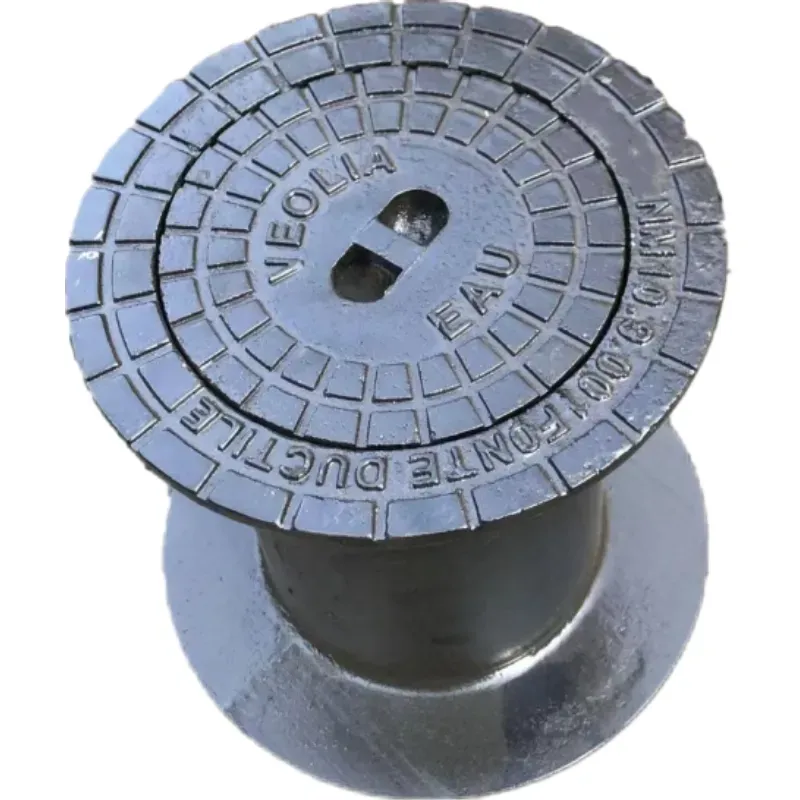Air Vent Valve Solutions for Water Supply Lines in Plumbing Systems
Understanding Air Release Valves for Water Lines
Air release valves play a pivotal role in water distribution systems, ensuring that pipelines function efficiently while minimizing the risks associated with trapped air. As water flows through various pipelines, air can become entrapped, leading to several operational issues, including reduced efficiency, increased pressure fluctuations, and even potential system failures. This article will delve into the functionality, types, importance, and maintenance of air release valves in water lines.
Functionality of Air Release Valves
Air release valves are designed to automatically release accumulated air from water pipelines. When water is transported under pressure, it is imperative to maintain a smooth and uninterrupted flow. However, as water moves through the system, air bubbles can enter the line, either through leaks or when pipelines are drained for maintenance. If these air pockets become trapped, they can create pressure surges, which could lead to the formation of vapor pockets that may cause water hammer, a phenomenon characterized by a sudden change in water pressure.
The air release valve allows the trapped air to escape, preventing it from accumulating to a level where it can disrupt the flow or cause damage. Typically installed at high points in the system, these valves work by opening automatically when the pressure within the pipeline drops below a certain threshold, allowing air to escape. Once the air is released, the valve seals itself, ensuring that water continues to flow efficiently.
Types of Air Release Valves
There are mainly two types of air release valves used in water lines combination air valves and single air release valves.
1. Combination Air Valves These valves serve both as air release valves and as air inlet valves. When air is trapped, they release it, but they can also ingest air during low-pressure situations. This dual functionality makes them suitable for various applications where water flow may decrease, and air may need to enter the pipeline.
2. Single Air Release Valves These valves are solely designed for releasing air from the pipeline. They are effective in systems where air trapping is the primary concern, but they do not allow air to enter the system. Single air release valves are typically simpler in design and may be used in conjunction with other types of valves for more comprehensive air management.
Importance of Air Release Valves
Incorporating air release valves into water lines is crucial for several reasons
air release valve for water line

- Preventing Damage By alleviating air pressure and preventing the formation of vapor pockets, air release valves help protect the integrity of the pipeline system
. Water hammer, which can lead to burst pipes or failures at joints, can be mitigated effectively with proper air management.- Enhancing Efficiency Trapped air creates turbulence, which negatively impacts the efficiency of water flow. By releasing air pockets, these valves help maintain a steady, efficient flow rate, which is essential for effective water distribution and usage.
- Extending Lifespan of Infrastructure The reduction of pressure spikes and the prevention of corrosion due to air pockets contribute to the longevity of pipelines and associated fittings.
Maintenance of Air Release Valves
Regular maintenance of air release valves is essential to ensure their effective operation. Here are some best practices
- Inspection Periodically inspect the valves for signs of wear or corrosion. Check for leaks or any accumulation of dirt and debris around the valve that could hinder its operation.
- Testing Conduct routine tests to ensure that the valves are functioning as intended. This could involve simulating a drop in pressure to confirm automatic opening and closing.
- Cleaning Ensure that the valves are free from blockages and that any moving parts are lubricated to maintain responsive operation.
- Replacement Over time, it may be necessary to replace aging or malfunctioning valves to prevent system failures.
Conclusion
Air release valves are a crucial component of water distribution systems, safeguarding against issues related to trapped air while optimizing flow efficiency. Understanding their functionality, types, and maintenance needs ensures that water systems can operate effectively, thereby supporting the infrastructure necessary for reliable water delivery. Incorporating these valves into water lines not only contributes to the efficiency of the system, but also plays a vital role in extending the life of the infrastructure and ensuring consistent water service.
-
The Smarter Choice for Pedestrian AreasNewsJun.30,2025
-
The Gold Standard in Round Drain CoversNewsJun.30,2025
-
The Gold Standard in Manhole Cover SystemsNewsJun.30,2025
-
Superior Drainage Solutions with Premium Gully GratesNewsJun.30,2025
-
Superior Drainage Solutions for Global InfrastructureNewsJun.30,2025
-
Square Manhole Solutions for Modern InfrastructureNewsJun.30,2025
-
Premium Manhole Covers for Modern InfrastructureNewsJun.30,2025
